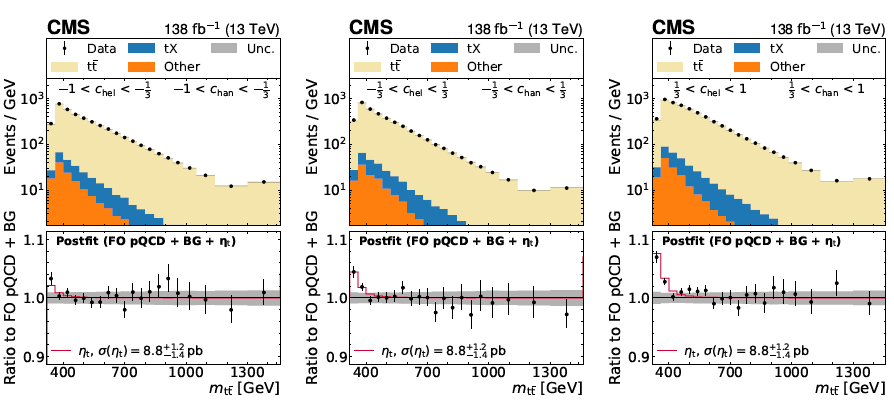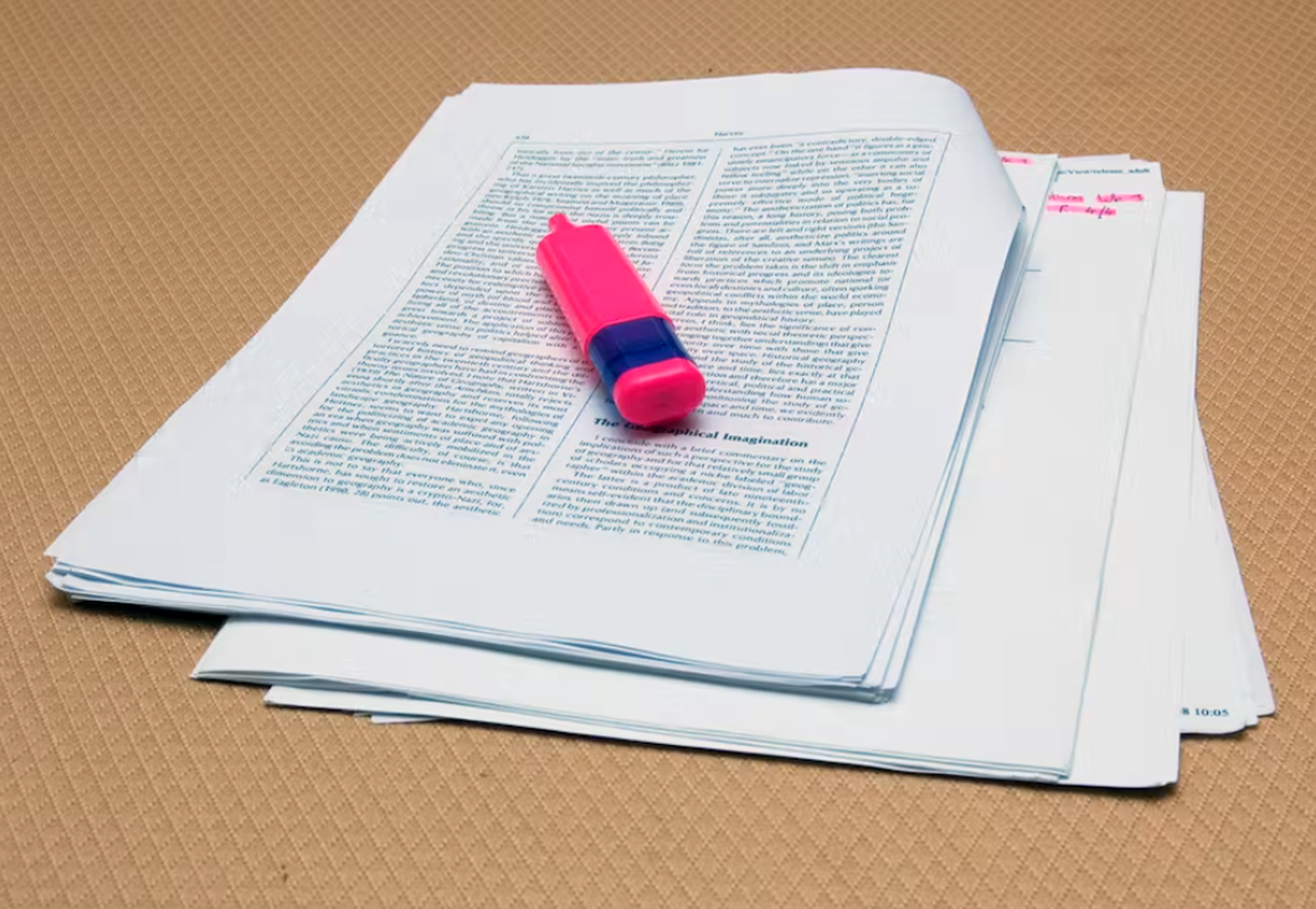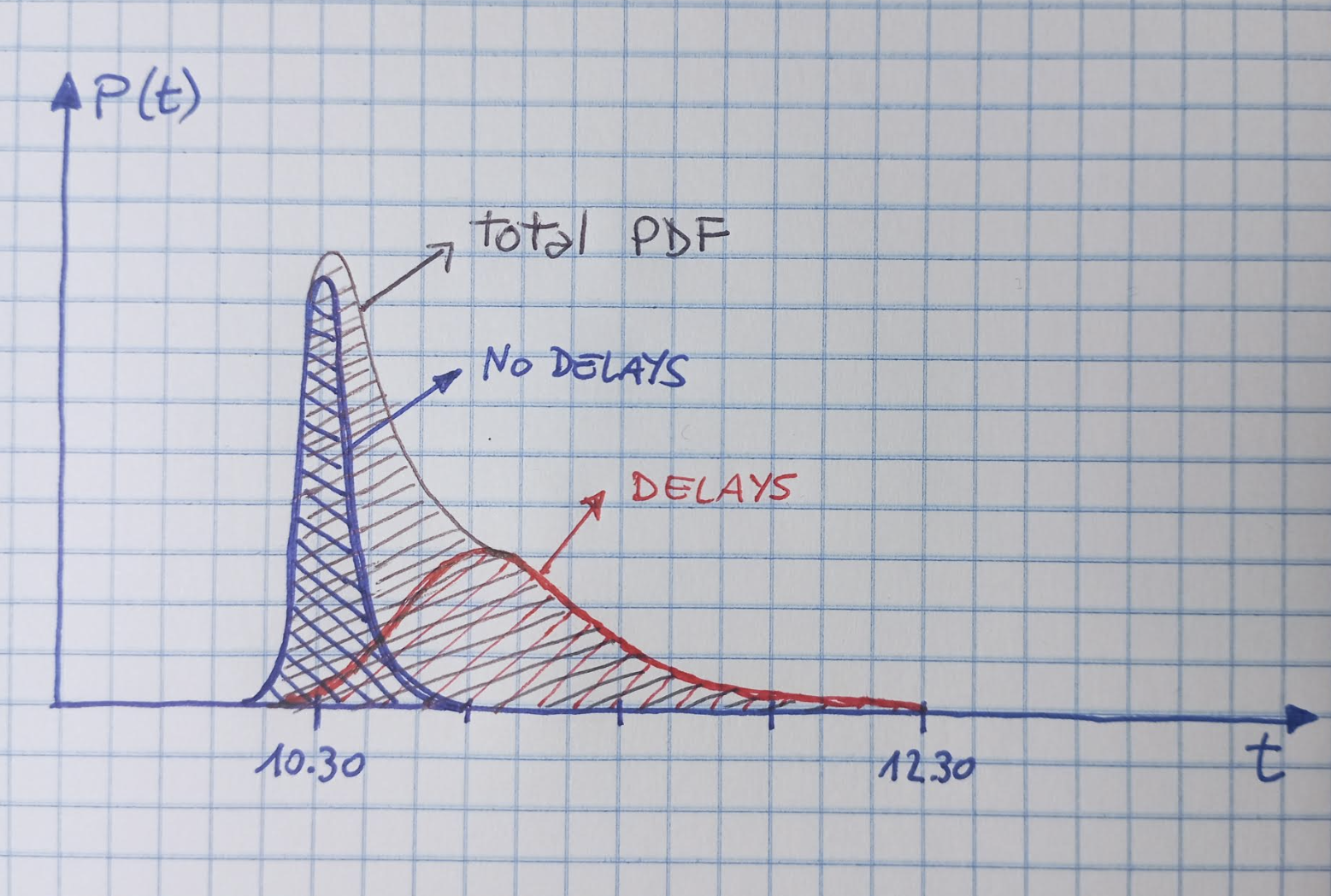 Toponium Found By CMS!
Toponium Found By CMS!The highest-mass subnuclear particle ever observed used to the the top quark. Measured for the...
 The Problem With Peer Review
The Problem With Peer ReviewIn a world where misinformation, voluntary or accidental, reigns supreme; in a world where lies...
 Interna
InternaIn the past few years my activities on this site - but I would say more in general, as the same...
 The Probability Density Function: A Known Unknown
The Probability Density Function: A Known UnknownPerhaps the most important thing to get right from the start, in most statistical problems, is...









 Giorgio Chiarelli is a particle physicist. His research activity has been based largely at the Fermi laboratory near Chicago, US, at the CDF experiment. In 1994-96 he actively participated in the discovery of the top quark and in the first measurements of that particle's properties. Later, after directing the construction of a part of the new CDF detector, he moved its research interests toward the search for the Higgs boson. Currently he is a INFN research director in Pisa, where he leads the CDF-Pisa group. In the most recent years he dealt with problems connected with the communication of science.
Giorgio Chiarelli is a particle physicist. His research activity has been based largely at the Fermi laboratory near Chicago, US, at the CDF experiment. In 1994-96 he actively participated in the discovery of the top quark and in the first measurements of that particle's properties. Later, after directing the construction of a part of the new CDF detector, he moved its research interests toward the search for the Higgs boson. Currently he is a INFN research director in Pisa, where he leads the CDF-Pisa group. In the most recent years he dealt with problems connected with the communication of science. 
